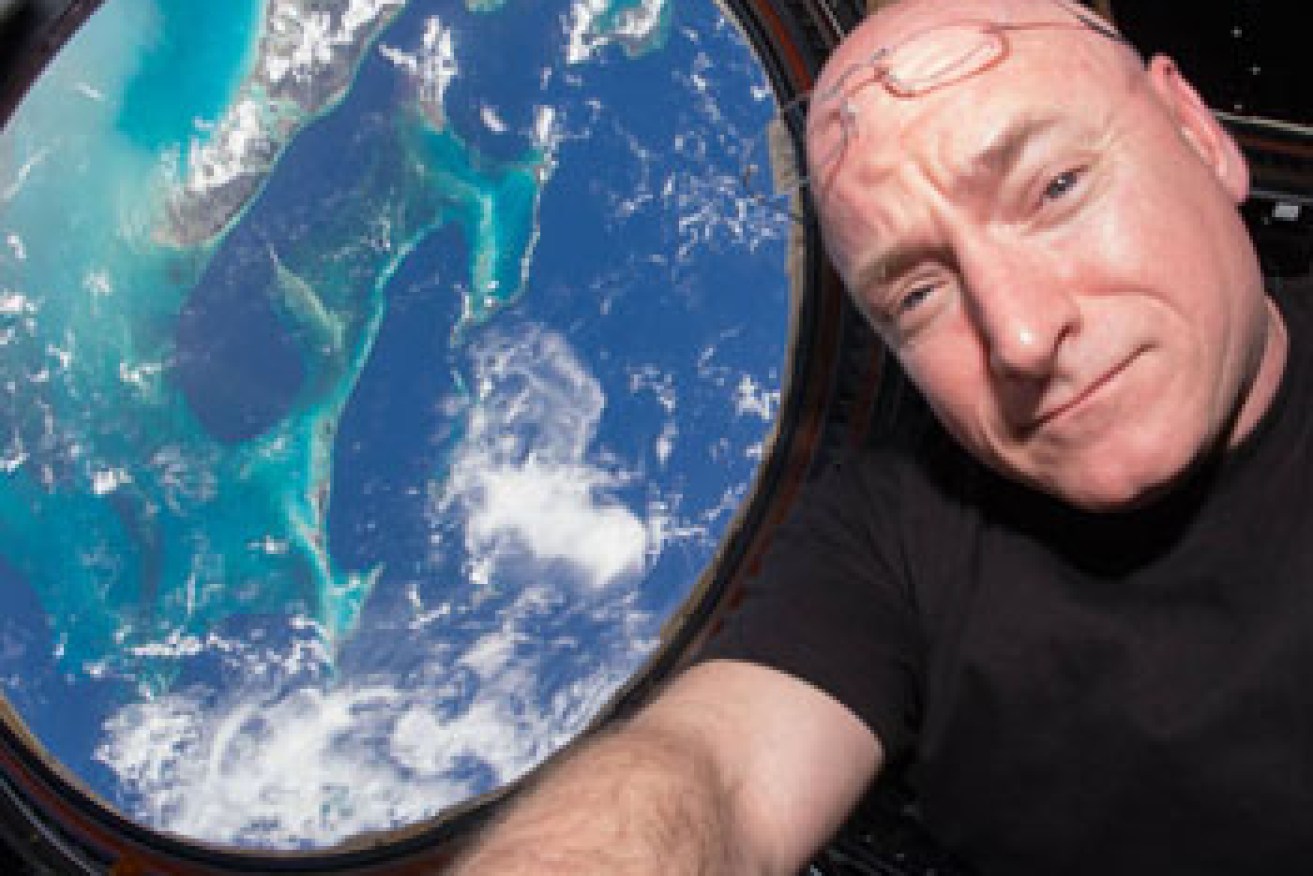Polish up your CV … NASA is hiring new astronauts


NASA
If you’ve ever dreamed of going on a space walk or being the first person to land on Mars, your chance has arrived.
This week NASA announced it was seeking explorers for future space missions, including preparations for the US space agency’s very first Mars expedition.
It said it aimed to have boot prints on the Red Planet by 2030.
• Flowing water – and thus possibly life – on Mars
• NASA’s ambitious plan to reach Mars by 2030
• Pluto is larger and more colourful than expected
Applications for the next generation of space pioneers will be accepted between December 14 and mid-February, 2016.
To date, the space agency has selected more than 300 astronauts to fly on its increasingly challenging missions to explore space and benefit life on Earth.

In October 2015, Commander of the current Expedition 45 crew, Scott Kelly, became the US astronaut to spend the most time in space. Photo: NASA
NASA said there were 47 astronauts in the active astronaut corps, and more would be needed to crew future missions to the space station and destinations in deep space.
According to The Washington Post, when the agency called for applicants in 2011 it received more than 6100 wanna-be astronauts.
But the acceptance rate was a little more than 0.1 per cent.
To be eligible, candidates must have at least a bachelor’s degree in an engineering, biological science, physical science, technology or mathematics field.
Hopeful astronauts must also have at least three years of related, progressively responsible professional experience, or at least 1000 hours of pilot-in-command time in jet aircraft, and must pass the NASA long-duration spaceflight physical.
NASA administrator Charles Bolden said the astronauts would be selected from a diverse pool of US citizens, from pilots and engineers, to scientists and medical doctors.
“This next group of American space explorers will inspire the Mars generation to reach for new heights, and help us realise the goal of putting boot prints on the Red Planet,” Mr Bolden said.
Mars and beyond

This is how NASA has visualised the erosion process.
Our knowledge of Mars is expanding, thanks to the efforts of NASA’s team of experts.
On Friday, the agency revealed that solar storms probably eroded the red planet’s atmosphere, helping to explain why it now so inhospitable. Its protective magnetic field was gradually worn away, exposing it to deadly bombardment from space.
Without an atmosphere and magnetic field, the planet became the victim of deadly radiation, gas and magnetic particles from the sun. Before this gradual process, Mars was covered in water, NASA reported.
“Mars appears to have had a thick atmosphere warm enough to support liquid water which is a key ingredient and medium for life as we currently know it,” astronaut John Grunsfeld said in a statement.
This confirmed what NASA revealed in September: that there was flowing water on the Martian surface.
Mars made headlines again during the same week flowing water was announced, when blockbuster film The Martian was released, in which Matt Damon fights to survive alone on Mars.
Brian Kelly, director of Flight Operations at NASA’s Johnson Space Center in Houston, said this was an exciting time to be part of America’s human space flight program.
“NASA has taken the next step in the evolution of our nation’s human spaceflight program – and our US astronauts will be at the forefront of these new and challenging space flight missions,” Mr Kelly said.
Expanding technology
NASA said it was guiding an unprecedented transition to commercial spacecraft for crew and cargo transport to the space station.

Launched from Kennedy Space Centre on February 11, 1997, STS-82 was the second mission intended to service the Hubble Space Telescope. Photo: NASA
Flights in Boeing’s CST-100 Starliner and SpaceX Crew Dragon will facilitate adding a seventh crew member to each station mission, effectively doubling the amount of time astronauts will be able to devote to research in space.
It said future station crew members would continue the vital work advanced during the last 15 years of continuous human habitation aboard the orbiting laboratory, expanding scientific knowledge and demonstrating new technologies.
This work would include building on the regular six-month missions and this year’s one-year mission, currently underway aboard the station, which was striving for research breakthroughs not possible on Earth that will enable long-duration human and robotic exploration into deep space.
In addition, NASA’s Space Launch System rocket and Orion spacecraft, now in development, would launch astronauts on missions to the proving ground of lunar orbit where NASA would learn to conduct complex operations in a deep space environment before moving on to longer duration missions on its journey to Mars.









